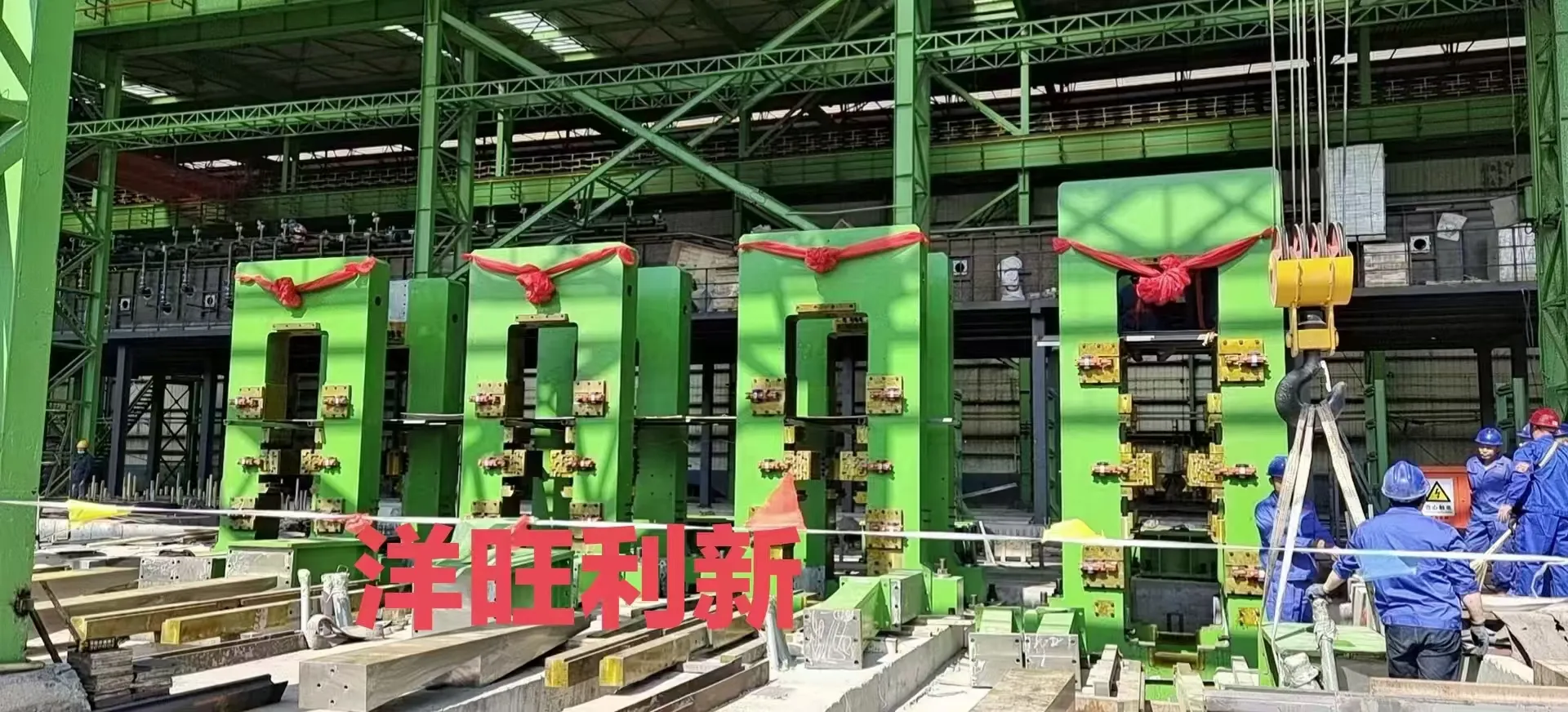
Cladding Rolling Mills: Transforming Metal Processing with Advanced Cladding Techniques
In the dynamic landscape of metal processing, cladding rolling mills and their associated processes have emerged as game - changers. These innovative technologies offer unique solutions for enhancing the properties of metals and creating high - performance composite materials.

What is the Cladding Process?
The cladding process involves bonding two or more different metal layers together to create a composite material with enhanced properties. This is achieved through a variety of methods, each with its own advantages. The primary goal is to combine the desirable characteristics of different metals, such as the corrosion resistance of one metal and the strength of another. For example, a layer of stainless steel can be clad onto a carbon steel base to provide corrosion resistance while maintaining the structural integrity of the carbon steel. The cladding process can be carried out using different techniques, with rolling being one of the most efficient and widely used methods.
How Cladding Rolling Mills Operate
Cladding rolling mills are specialized machines designed to execute the cladding process through rolling. In a cladding rolling mill, the base metal and the cladding metal are fed into the mill simultaneously. The rolls of the mill apply pressure and heat (in some cases) to bond the two metals together. The rolling action not only ensures a strong bond between the layers but also helps in achieving a uniform thickness and finish. This process is highly efficient for producing large - scale clad metal sheets. The continuous rolling operation allows for high - volume production, making it suitable for industrial applications where large quantities of clad materials are required.
Weld Overlay Cladding – Maximum Protection for Critical Components
Weld overlay cladding is a high-performance process where a corrosion-resistant alloy is welded onto a base metal to extend its service life. Widely used in pressure vessels, pipelines, and structural components, this method ensures optimal protection against extreme environmental conditions and mechanical stress.
The Strip Cladding Process in Detail
The strip cladding process is a specialized technique for cladding metal strips. In this process, a thin strip of the cladding metal is bonded to a base metal strip. This is typically done using a combination of heat, pressure, and sometimes adhesive materials. The strip cladding process offers several advantages. It is highly efficient for producing clad metal strips that can be further processed into various products, such as heat exchangers, electrical conductors, and decorative panels. The process allows for precise control over the thickness of the cladding layer, ensuring consistent quality. Additionally, the use of strips makes it easier to handle and process large volumes of material, increasing productivity.
The Synergy of Strip Cladding and Welding
The strip cladding welding process is a hybrid of the strip cladding process and welding techniques. In this process, a strip of the cladding metal is first placed on the surface of the base metal, and then a welding process is used to bond the two together. This method combines the advantages of both strip cladding and welding. The strip cladding provides a uniform layer of the cladding material, while the welding process ensures a strong and durable bond. The strip cladding welding process is particularly useful for applications where a high - strength bond between the cladding and the base metal is required, along with the ability to work with different types of metals. It is commonly used in the manufacturing of automotive parts, where the combination of different metals can improve the performance and durability of components.
In conclusion, cladding rolling mills and their associated processes offer a wide range of possibilities for metal processing. These techniques not only enhance the properties of metals but also enable the creation of unique composite materials that meet the demands of various industries. Whether it's for corrosion resistance, increased strength, or improved aesthetics, understanding these cladding technologies can help businesses make informed decisions and stay ahead in the competitive metal processing market.
-
Indian Clients Visit YWLX to Inspect Skin-pass MillNewsJun.22,2025
-
Typical Products from Reversing Cold Rolling ProcessNewsMay.26,2025
-
Surface Finish Improvement through Skin Pass RollingNewsMay.26,2025
-
Integration of AGC Systems in Modern Cold Rolling MillsNewsMay.26,2025
-
Cold Rolling in the Context of High-Strength Steel DemandNewsMay.26,2025
-
AGC in Hot Rolling Mills: Challenges and SolutionsNewsMay.26,2025
-
Why Reversing Cold Rolling Mills Are Ideal for Specialty MetalsNewsMay.13,2025










